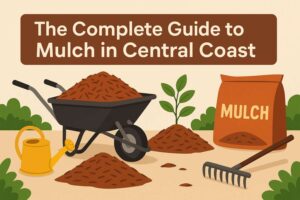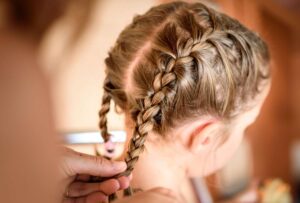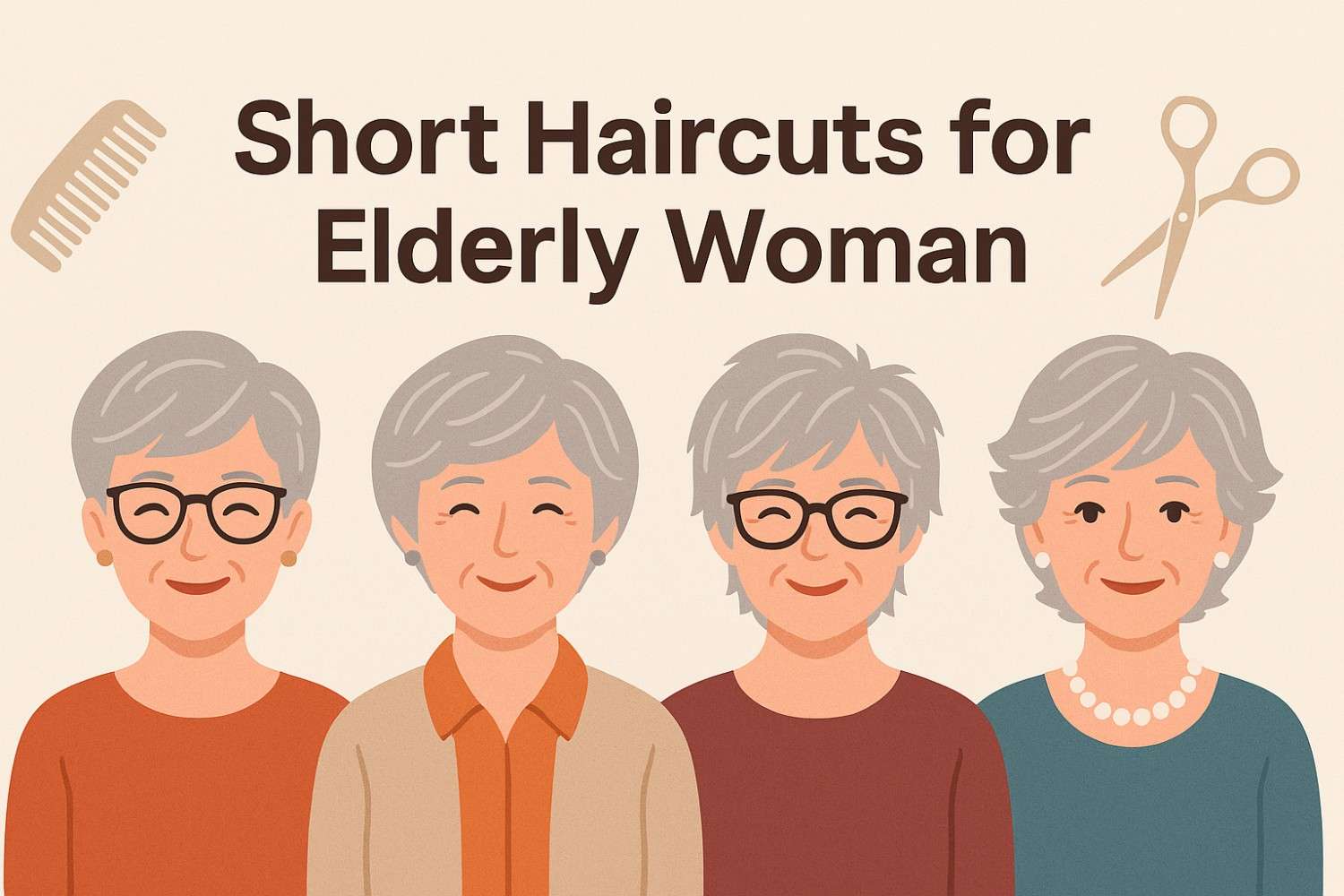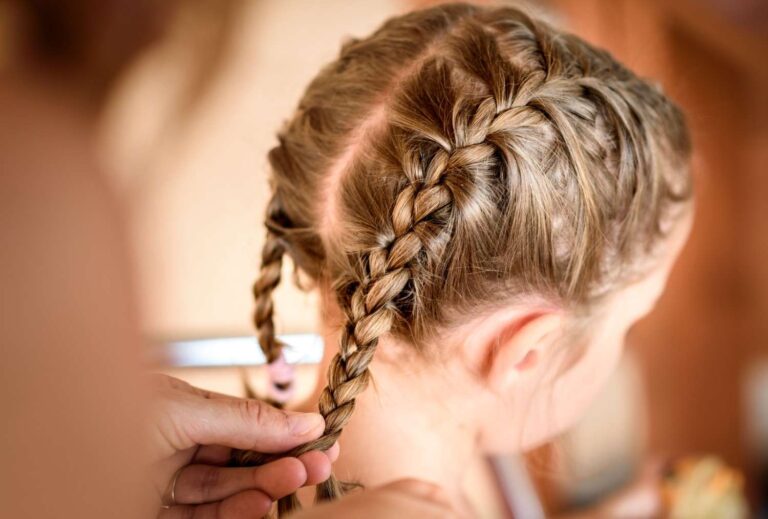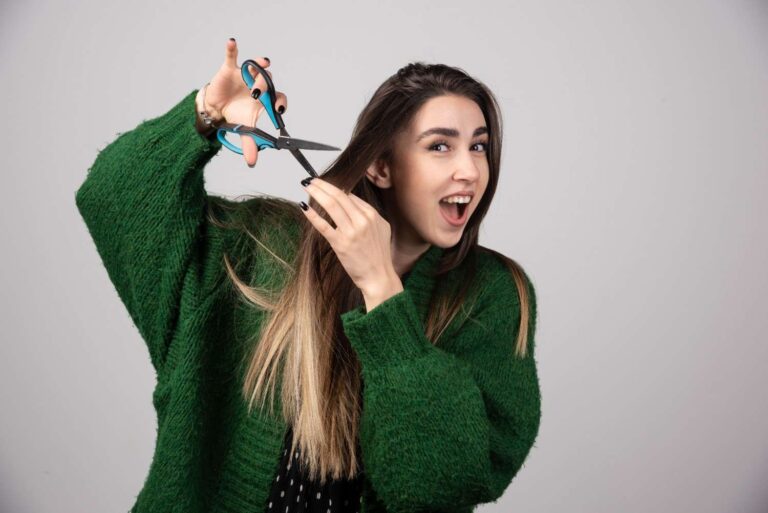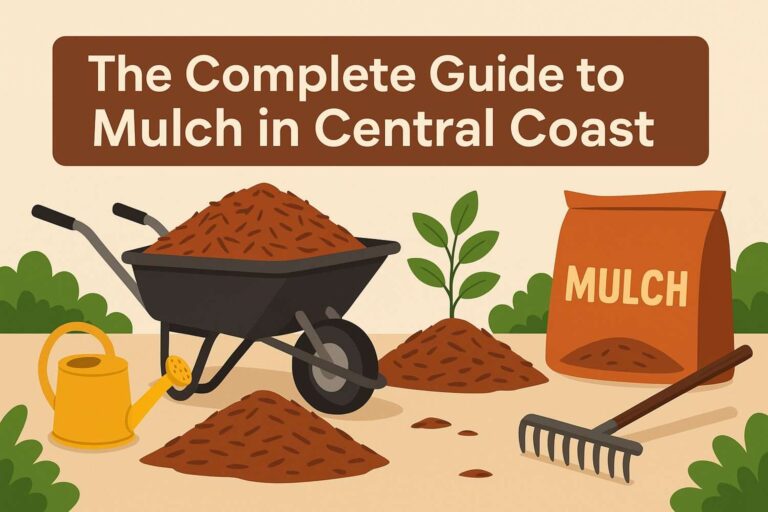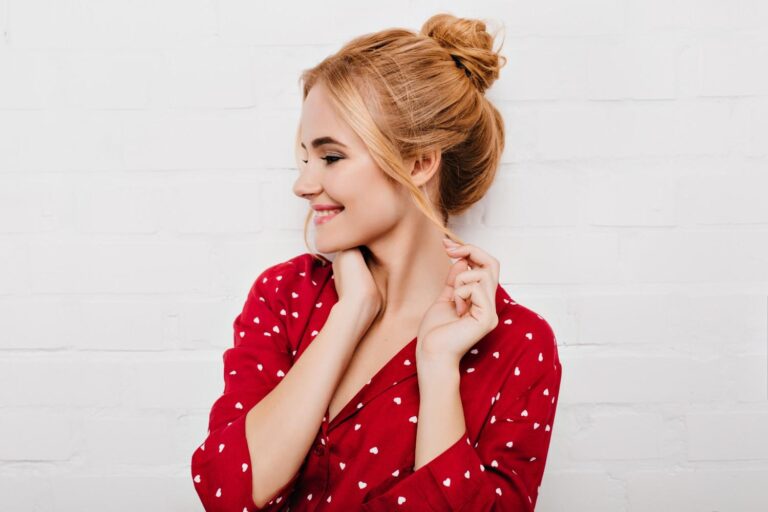Short haircuts for elderly woman can feel like a breath of fresh air—lighter, more flattering, and surprisingly versatile. Whether your hair is fine, thick, wavy or straight, the right short style can frame your face beautifully, reduce styling time, and boost confidence. Below, I’ll walk you through the best cuts, tips for choosing them, and how to wear them well.
Why Short Cuts Work Wonders (Especially Later in Life)
As we age, hair often changes in density, texture, and shape. Many older women find their hair becomes thinner, finer, or more fragile. A shorter cut can help by:
- Adding lift and dimension, especially near the crown
- Removing weight, which prevents a limp, flat look
- Drawing attention to key features like the eyes, cheekbones, or jawline
- Maintaining style more easily between trims
Many top hair and beauty publications confirm that pixies, bobs, and textured crops remain favorites because they deliver structure and movement without daily fuss.
Top Short Haircuts for Elderly Woman (and How to Adapt Them)
When I cut my hair short the first time, I realized that even small tweaks (like a soft fringe or an angle) made a huge difference. Below are my recommended styles, with tips to make them age-friendly and flattering.
Pixie Cuts
Pixies are short but full of personality—and they lend themselves to many adaptations.
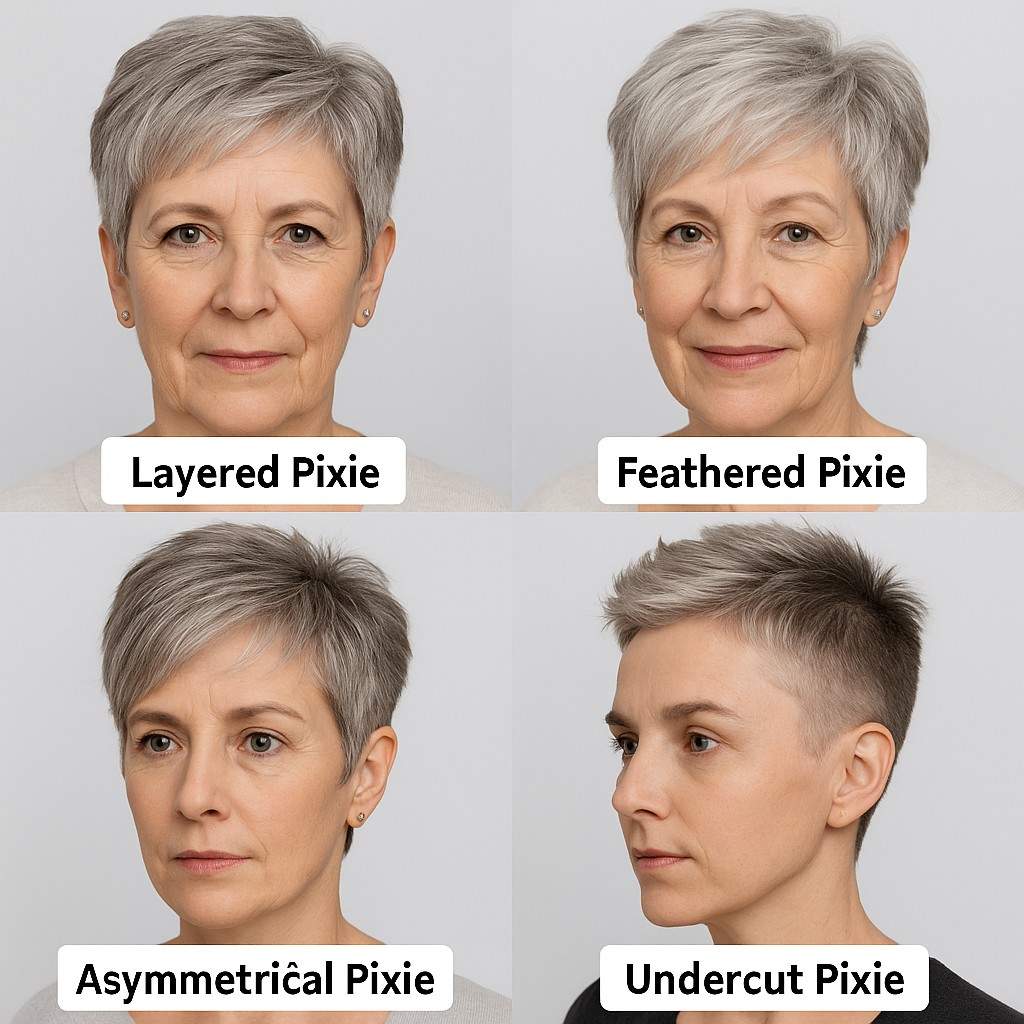
- Layered Pixie: Soft, stacked layers create volume at the top and taper gently on the sides.
- Feathered Pixie: Delicate feathering gives movement and softness—this is a go-to for fine hair.
- Asymmetrical Pixie: A longer section on one side adds visual interest and frames the face.
- Undercut Pixie: Shaved or closely cropped sides keep things airy and shift attention to your features.
These variations help you balance ease and style.
Bob Haircuts
Bobs are timeless and versatile, especially when adjusted for your face shape and hair type.
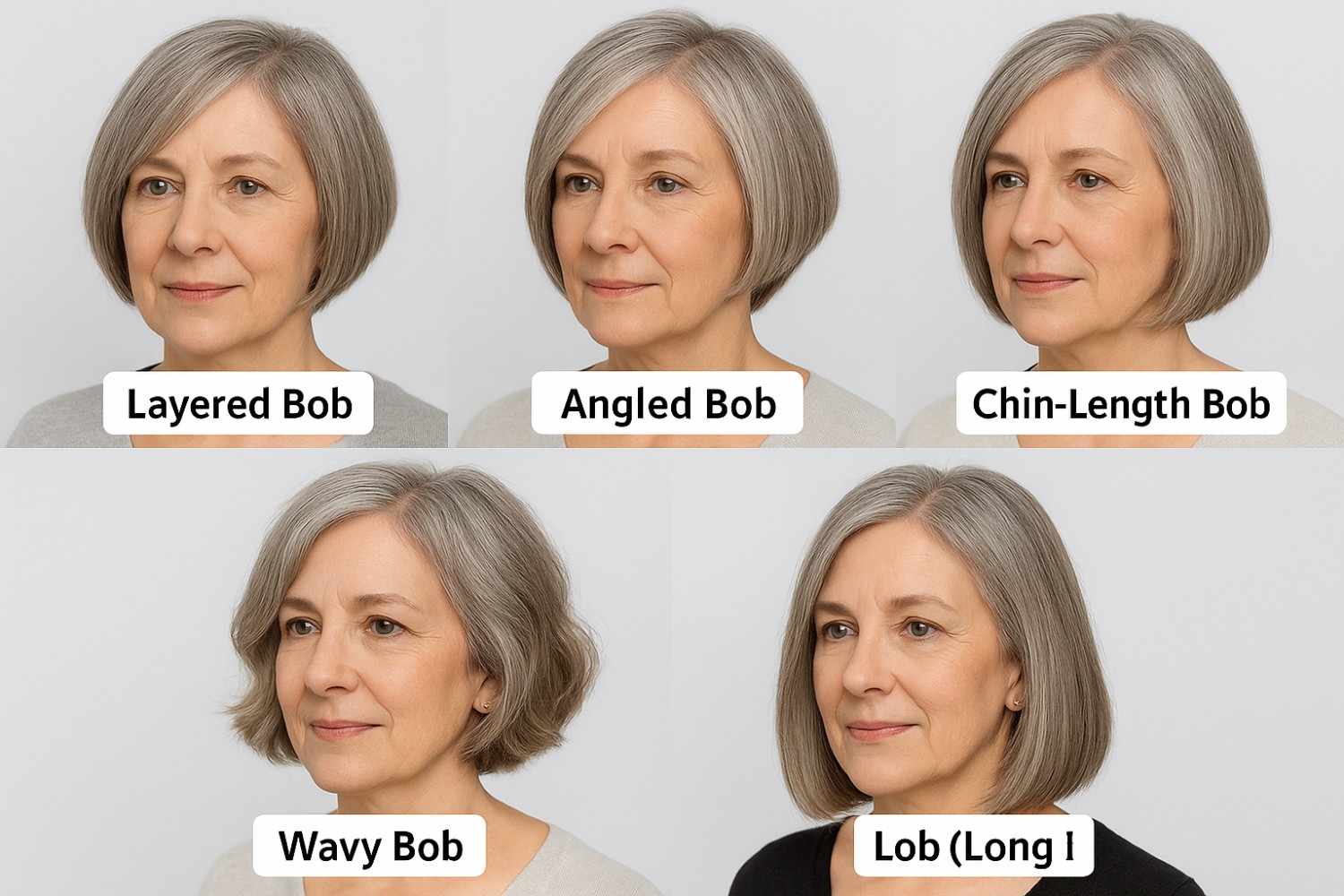
- Layered Bob: Layers add depth and the illusion of fullness—especially helpful for fine hair.
- Angled Bob: Shorter in back, longer in front—this angle adds shape and contour.
- Chin-Length Bob: A blunt or softly rounded bob at chin height frames the jaw and enhances the neck line.
- Wavy Bob: For naturally wavy hair, letting it air-dry in loose waves makes the style relaxed and elegant.
- Lob (Long Bob): Hits around the collarbone and gives you more styling options while still being manageable.
Publications showcasing stylish short cuts for women over 50 often place bobs among the most flattering and wearable.
Layered, Cropped, and Textured Styles
These styles thrive on texture and individuality, giving you a fresh, youthful edge.
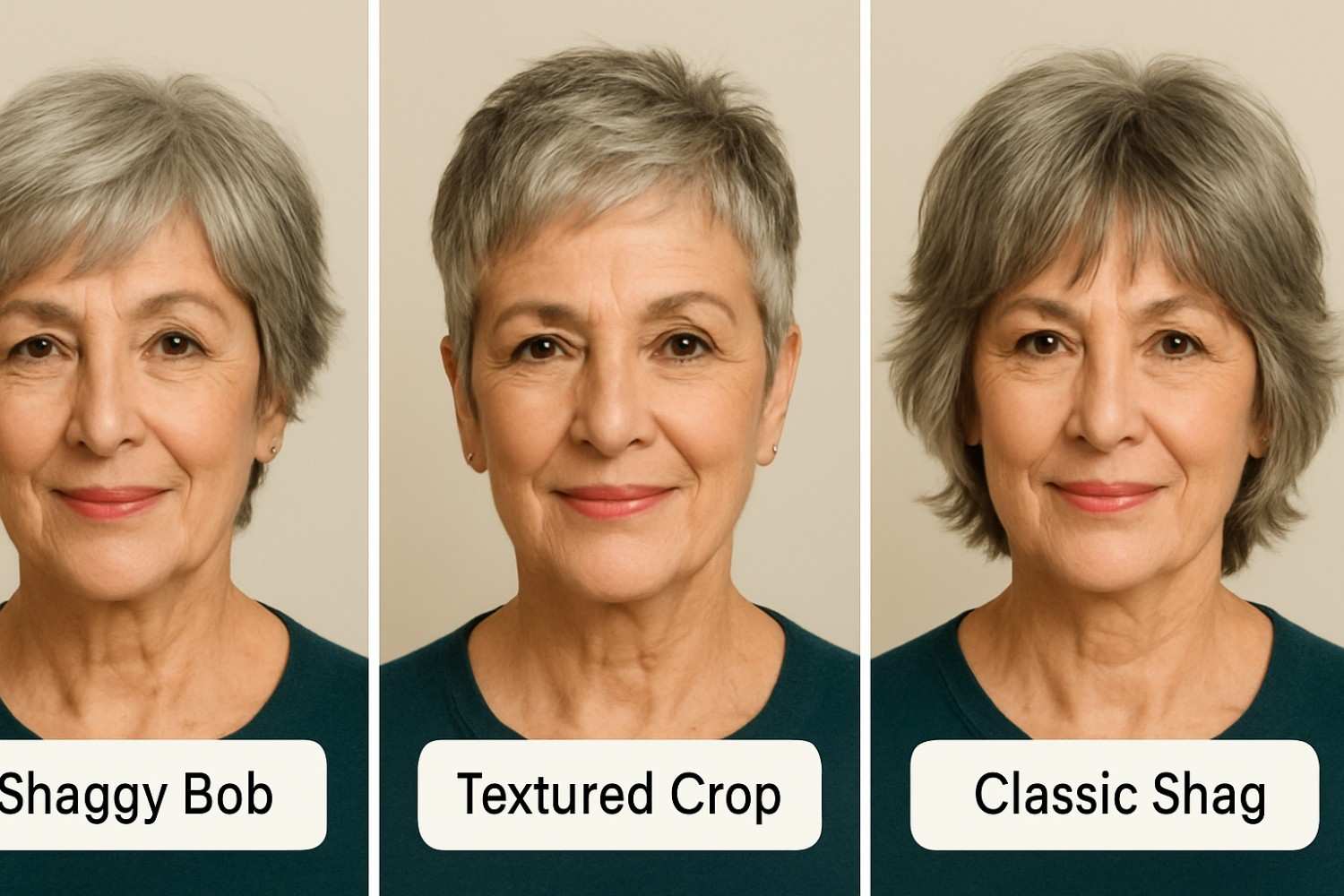
- Shaggy Bob: Choppy, tousled layers bring bounce and energy into short lengths.
- Textured Crop: Uneven lengths and blend of angles add fullness and movement.
- Classic Shag: Soft, feathery layering around the crown gives lift while keeping the style soft and easy.
Beauty blogs dedicated to short hair for older women often highlight these cuts as ideal for adding personality without bulk.
How to Choose the Right Short Cut for You
When deciding which short haircut to try, these are the things I always think through (and you should, too):
- Your hair type
- For fine or thinning hair, go with cuts that give structure (layered pixies, angled bobs).
- For thicker hair, choose soft internal layering so it doesn’t feel heavy or too voluminous.
- For wavy or curly hair, embrace texture—cuts that let curls or waves show often look more natural and vivid.
- Your face shape
- Round faces benefit from height at the crown and asymmetry.
- Square faces soften with side-swept layers or waves.
- Heart or diamond faces look great with chin-skimming bobs or bangs that soften the forehead.
- Daily routine & styling ability
- If you want something you can style in 5 minutes, go for cuts that grow out nicely (pixies with short sides, softly stacked bobs).
- Ask your stylist about maintenance frequency—short styles usually require trims every 6–8 weeks (pixies) or 8–10 weeks (bobs).
- Glasses or accessories
- Side-swept bangs or gently layered framing helps balance glasses frames.
- Avoid too-heavy or blunt cuts at the temple if your glasses have bold arms.
- Embracing gray & natural tones
A beautifully cut short style highlights the beauty of your natural silver, platinum, or salt-and-pepper tones. Many modern short style guides celebrate gray hair rather than hide it.
My Favorite Advice: What to Ask Your Stylist
When you sit down in the salon chair, walk in armed with these key points:
- “I want something I can wash, dry, and go in minimal time.”
- Show reference photos for the angle, texture, or fringe style you like.
- Ask about growth behavior: will the cut look decent at 4–5 weeks?
- Discuss lift at the crown or how much you want the cut to frame your face.
- Clarify how bold or soft you want the edges and whether you prefer blunt or feathered ends.
That communication ensures the cut you walk out with is the cut you live with happily.
FAQs: What People Usually Search (Before the Conclusion)
1. What short haircut is best for fine hair in older women?
The layered pixie or soft angled bob is ideal. The layering adds volume and movement without weighing the hair down. Texture sprays or lightweight mousse help support lift at the crown.
2. Will short hair make me look older or younger?
It’s all about the shape and texture. A well-designed short cut (with soft edges, layers, and balance) can look youthful and elegant—far from aging. Harsh, straight lines or heavy cuts might feel more mature.
3. How often should I trim a pixie or short bob to keep it looking fresh?
Typically, every 6–8 weeks for pixies, and 8–10 weeks for bobs. Staying on that schedule keeps the shape crisp, prevents overgrowth, and ensures you don’t lose your intended style.
4. How can I style short hair overnight (to reduce frizz or flattening)?
Sleep on a silk or satin pillowcase to reduce friction and help preserve shape. In the morning, mist with a little water or leave-in spray and gently tousle or blow lightly with a soft brush or diffuser to revive texture.
Wrapping It Up: Your Best Short Look Awaits
Short haircuts for elderly woman are more than a style—they’re a statement. Whether you choose a layered pixie, angled bob, shaggy crop, or something in between, the right cut can highlight your features, streamline your routine, and let your hair tell a confident, modern story.
Embrace texture and softness over rigidity. Speak clearly with your stylist about your everyday habits, show reference images, and plan your trims. Do that, and you’ll walk away with a short haircut that doesn’t just look good—it feels like you.

